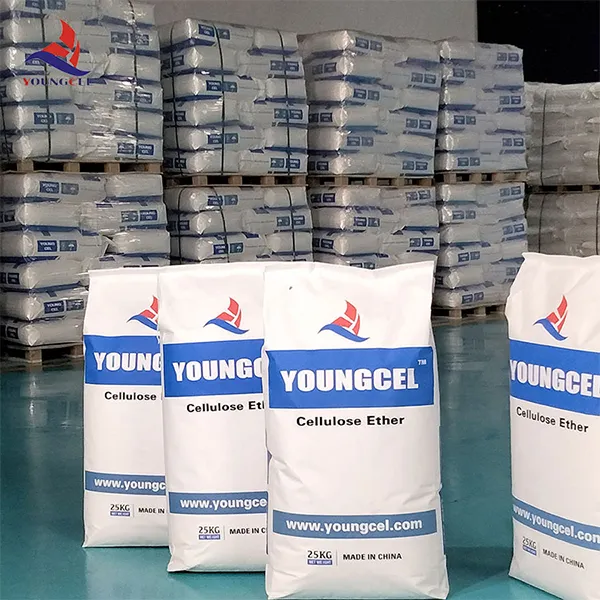The Importance of Cement Additives in Modern Construction
Cement has been a cornerstone of the construction industry for centuries, primarily due to its durability and strength. However, as construction practices evolve and new challenges arise, the need for advanced solutions becomes increasingly apparent. One such solution lies in the use of cement additives. These materials, often referred to as admixtures, play a crucial role in enhancing the properties of cement and concrete, leading to improved performance, durability, and sustainability.
Cement additives are substances added to cement during the mixing process to modify its properties to suit specific needs. They can be broadly categorized into two types chemical additives and mineral additives. Chemical additives are typically liquid substances that can improve workability, accelerate or retard setting time, enhance strength, and reduce water demand. Mineral additives, on the other hand, include materials like fly ash, silica fume, and slag that can be blended with cement to improve its performance and reduce its environmental impact.
One of the primary functions of chemical additives is to enhance the workability of concrete. Superplasticizers, for instance, are chemical admixtures that increase the flowability of concrete without adding extra water. This is especially beneficial for complex structures where efficient placement of concrete is essential. By improving workability, superplasticizers also help achieve a more homogenous mix, which ultimately leads to improved strength and durability.
Moreover, cement additives can significantly influence the setting time of concrete. Accelerating admixtures can be used in cold weather conditions to ensure that concrete reaches its strength quickly, while retarders may be necessary in hot climates to prevent fast setting, which can lead to cracks and other structural issues. By optimizing the setting time, construction projects can proceed smoothly, minimizing delays and enhancing overall productivity.
cement additives

Another significant benefit of using cement additives is enhanced durability. The incorporation of mineral additives such as fly ash and silica fume improves the long-term performance of concrete. These materials not only enhance the chemical resistance of concrete but also reduce permeability, making structures less susceptible to water infiltration and chemical attacks. This is particularly important in infrastructure projects, where longevity and performance are critical.
In recent years, the construction industry has become increasingly focused on sustainability. The production of cement is a significant source of CO2 emissions, contributing to environmental challenges. Cement additives can play a vital role in reducing the carbon footprint of concrete. For example, replacing a portion of Portland cement with fly ash or slag not only utilizes industrial by-products but also reduces the amount of cement required, hence lowering emissions associated with its production. This shift towards environmentally friendly practices reflects a broader trend in the construction industry prioritizing sustainable solutions.
Furthermore, the use of cement additives can lead to cost savings. By improving the performance of concrete, these additives can reduce the need for maintenance and repairs, ultimately leading to lower life-cycle costs for structures. Additionally, their ability to optimize the construction process can minimize delays, reducing labor costs and enhancing project timelines.
In conclusion, cement additives are indispensable in modern construction, offering a multitude of benefits that enhance the performance, durability, and sustainability of concrete. As the industry continues to evolve, the importance of these materials will only grow. Engineers and architects must embrace the possibilities that cement additives offer to meet the challenges of today’s construction demands. By integrating these advanced solutions, we can build stronger, more resilient structures while contributing to a sustainable future for the construction industry.
-
The Application and Significance of Construction RdpNewsMay.19,2025
-
Industrial Grade HpmcNewsMay.19,2025
-
Building Coating Adhesive Building Coating Adhesive HpmcNewsMay.19,2025
-
Application Of Hpmc For Detergent For Detergent In DetergentsNewsMay.19,2025
-
Application Of Hpmc Cellulose In Cement-Based MaterialsNewsMay.19,2025
-
Application Of High Quality Hpmc For Construction In The Field Of ConstructionNewsMay.19,2025




